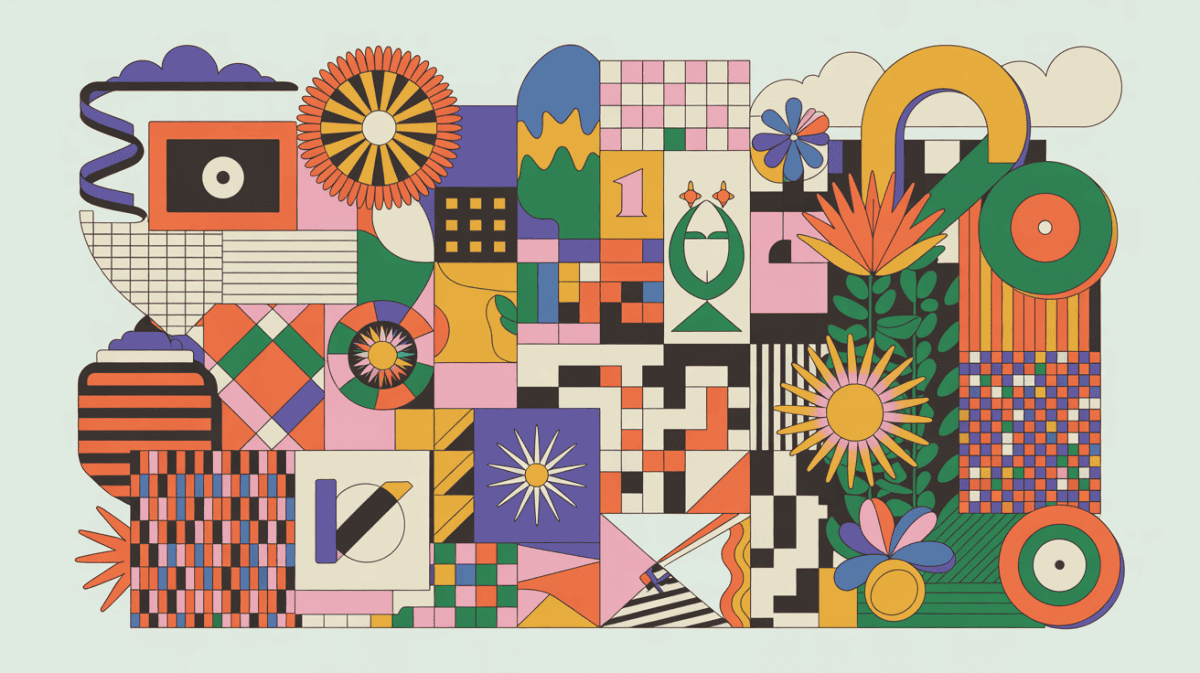In the ever-evolving world of design, a powerful shift towards inclusivity is reshaping the landscape. As society becomes increasingly aware of the importance of representation and accessibility, designers are embracing diverse aesthetics that celebrate a wide range of cultural influences and cater to diverse audiences.
One of the most prominent trends in this space is the resurgence of retro pixels and scrapbooking elements. These nostalgic design elements not only evoke a sense of nostalgia but also tap into the rich tapestry of subcultures and marginalized communities. Retro pixels, for instance, have become a beloved aesthetic in the gaming and indie art scenes, reflecting a celebration of counterculture and alternative perspectives.
Similarly, the incorporation of scrapbooking elements in design has allowed for the inclusion of personal narratives and cultural traditions. Designers are leveraging these elements to create visually engaging compositions that tell stories and honor diverse backgrounds. By embracing these aesthetics, designers are breaking away from the homogenized visual language of the past and creating spaces for underrepresented voices to be heard and appreciated.
Nature-inspired designs have also gained significant traction in the pursuit of inclusive aesthetics. Drawing inspiration from the organic beauty found in different ecosystems and landscapes, designers are creating visuals that resonate with a wide range of cultural perspectives. From the vibrant colors and patterns found in tropical rainforests to the serene hues of desert landscapes, nature-inspired designs offer a rich tapestry of visual elements that celebrate the diversity of our planet.
In addition to these aesthetic trends, the use of accessible color combinations has become a crucial consideration in inclusive design. By carefully selecting color palettes that are legible and visually appealing to individuals with various forms of color vision deficiencies, designers are ensuring that their work is accessible to a broader audience. This not only promotes inclusivity but also demonstrates a commitment to creating designs that are truly for everyone.
The shift towards diverse aesthetics and inclusivity in design is not merely a passing trend; it is a reflection of a broader cultural awakening. As society continues to embrace diversity and champion representation, designers have a unique opportunity to lead the way in creating visuals that celebrate the richness of human experiences and perspectives.
By incorporating elements from diverse cultures, subcultures, and marginalized communities, designers are not only expanding the visual language of their craft but also fostering a greater sense of belonging and representation. In doing so, they are contributing to a more inclusive and equitable world, one design at a time.


Leave a Reply